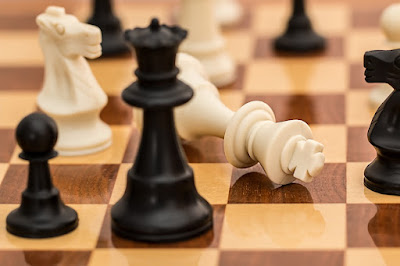Parents and instructors from all across the country participate in an event called Brigada Eskuela, which entails cleaning and sanitizing schools, as well as performing any necessary repairs to fixtures or painting facilities in educational institutions.
 |
| MY DAUGHTERS SCHOOL |
The week of May 21–26, 2012 was the time period during which Villa-Abrille, along with all other public schools across the country, celebrated their annual Brigada.
The second day of the BRIGADA was spent there. The school is already prepared to open. We enroll our children with their separate advisors and obtain their requirements due to a lack of cleaning supplies.
























